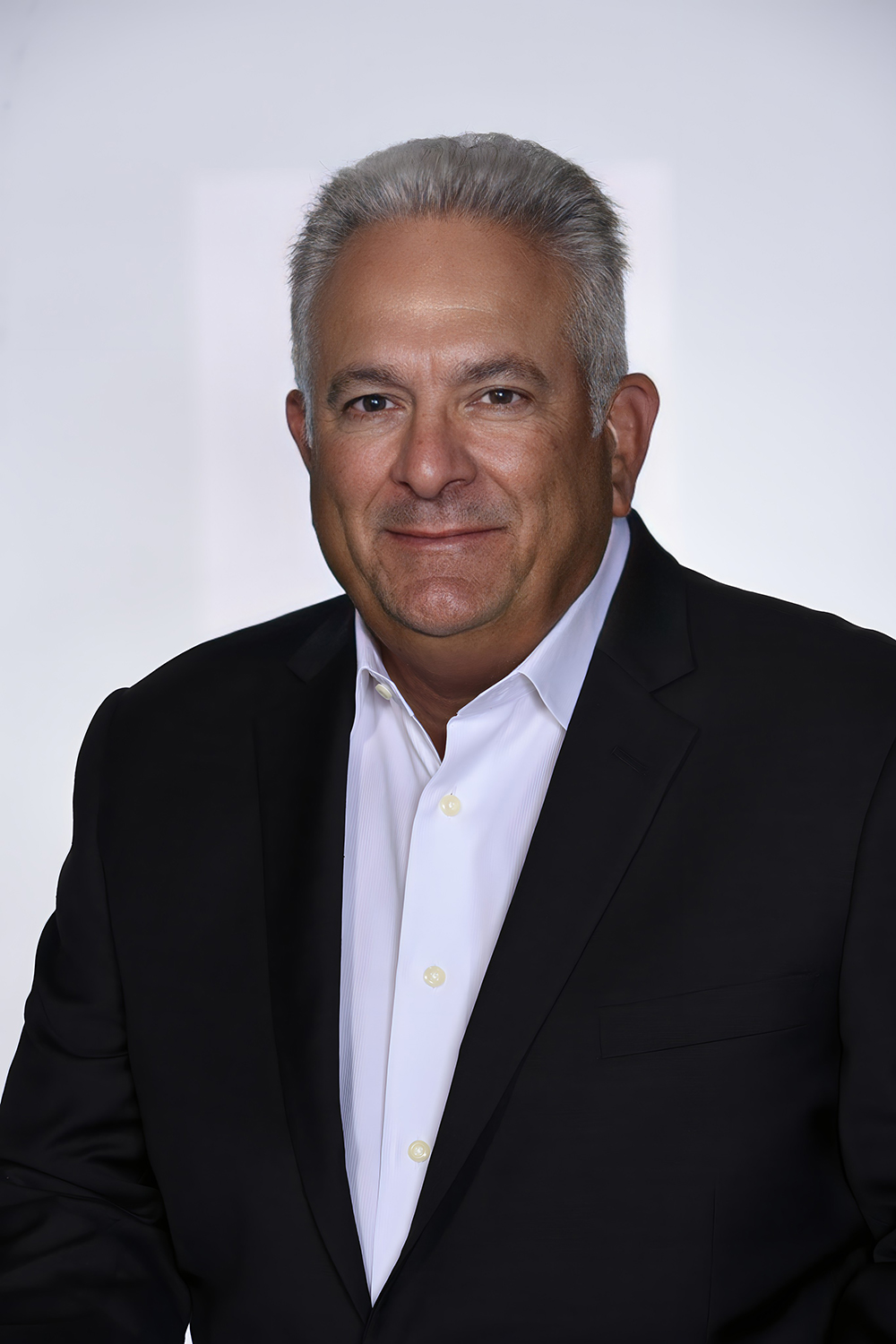A SECRET TALE: "JUST THE FACTS"
Carlos M. Sera, MBA
August 14, 2015
 This tale is a tale about financial or investment moderation. Much of Greek philosophy centers on what they call the golden mean. We see the first glimpses of this golden mean in the tale of Daedalus and Icarus. Daedalus built feathered wings for himself and his son so that they might escape their island imprisonment. Daedalus warns his son to “fly the middle course“, between the sea spray and the sun’s heat. Icarus did not heed his father; he flew up and up until the sun melted the wax off his wings. Socrates teaches that a man “must know how to choose the mean and avoid the extremes on either side, as far as possible”. Courage is a virtue, but if taken to excess would manifest as recklessness and if deficient as cowardice.
This tale is a tale about financial or investment moderation. Much of Greek philosophy centers on what they call the golden mean. We see the first glimpses of this golden mean in the tale of Daedalus and Icarus. Daedalus built feathered wings for himself and his son so that they might escape their island imprisonment. Daedalus warns his son to “fly the middle course“, between the sea spray and the sun’s heat. Icarus did not heed his father; he flew up and up until the sun melted the wax off his wings. Socrates teaches that a man “must know how to choose the mean and avoid the extremes on either side, as far as possible”. Courage is a virtue, but if taken to excess would manifest as recklessness and if deficient as cowardice.
Successful investing follows the golden mean. You must know the facts or you may fall victim to yourself at both extremes. Self-victimization or misperceptions come in two varieties, the first is unrealistic expectations and the second is diminished expectations. Neither one is good for your long-term financial health. You need to have realistic expectations and this only comes from knowing the facts and ranges of possibilities. You must have balance or moderation.
Understanding the history of returns is crucial so that you have some sense of how your portfolio is performing. However, as we learned in An Average Tale and A Volatile Tale, what is even more crucial in my opinion is to understand the variability of returns so that you know what to expect. If you don’t understand the variability of returns you can’t understand investing as far as I am concerned. It’s the equivalent of setting sail on a trip and not expecting a helping or hurting wind, rough or smooth seas. Every journey has its obstacles and the financial journey is no different. Understanding the financial obstacles provides you with a starting point to help avoid making irrational decisions that can hurt you.
Earlier I said that I have seen misperceptions work both ways. What does this mean in terms of investor behavior? It means I have seen clients stay with advisors that deliver little or no value while leaving advisors that do a fine job. It means I have seen investors adhere to a doomed investment philosophy while others abandon a proven strategy because it is temporarily out of favor. The problem is due to decision-making in a vacuum. They have no gauge, benchmark, measuring stick or understanding of what to expect from a portfolio. If they did they would know the facts and make informed decisions. You must have a way to measure what you are doing to succeed.
So why is this A Secret Tale? Because the person that inspired this tale told me to keep it a secret and for almost 20 years I have. This person was someone I met for a few minutes in early 1988, at his office, while I was cold calling and trying to build a clientele.
Back in 1988, I would make it a habit to solicit new clients in person before and after I would visit with current clients. I entered the lobby to his business, asked to speak with the owner if he or she was available and shortly thereafter Sam came out to meet me. He had my business card with him and came out and shook my hand vigorously. Since most people don’t welcome the sight of a solicitor, his behavior meant only one thing; he was already a client of my firm. He was meeting me just to see if something was up. Sure enough he was specifically the client of one of the top brokers in my office. After a few pleasant remarks on my part about how fortunate he was to work with such a talented broker I bid my farewell. As I started walking out the door, Sam called me back towards him. He met me half way and his face became very serious. He leaned over and in a hushed voice so that his receptionist wouldn’t hear said, “Let me tell you a little secret as to why I have kept my business with “Top Broker” for so long. I gave him $250,000 to invest in late 1974 when my father passed away and today it’s worth almost $400,000. I hope that one day you too can make your clients as much money as “Top Broker” has made me and I hope they can be as happy as I am.”
I was stunned. I’m pretty good with mental math and quickly calculated that the rate of return over the last 13 or 14 years on his original investment had to be somewhere in the neighborhood of 3 to 4% annually which was terrible. Late 1974 marked the end of a spectacular bear market and the start of a huge bull market rise in stocks. You would have had to try to only make 3-4% annually during this time frame. Sam’s portfolio had to be one of the worst performing portfolios in the city yet he had no idea. My curiosity was up, so I feigned surprise and asked if he had ever withdrawn any money from the account? He answered that he had not and that in fact he had started to make contributions of $500 per month over the last few years. I was even more surprised and went out the door congratulating him on how smart he was since I wasn’t going to discredit my firm, nor “Top Broker” with what seemed like a trivial matter such as the facts. As an aside, experiences such as this one contributed heavily towards my starting my own company a few years later. I felt a moral dilemma withholding the facts from Sam.
The subtitle of this tale is, “just the facts.” Some of you may recognize these words as those uttered by Joe Friday, a fictional character that plays a detective in the series Dragnet. The facts are very important when it comes to making sound decisions about your portfolio. Otherwise you can dupe yourself into thinking you are making a killing when you are not such as Sam.
Is this the end of this tale? Of course not, the reverse is also true and just as dangerous. You may think you are doing poorly while you may be doing very well. Perhaps you are the type of person that always thinks they can do better. If you think you are doing poorly or always want to do better then you may be tempted to take bigger and bigger risks. This behavior will ultimately lead to disaster. It’s important to know what to expect from your investments. You need to be realistic.
Let me give you a golfing example that happened to me that illustrates one of my blessings as well as shortcomings which is the need to do better. As many golfers know there are periods where they are playing particularly well. During one of these periods I had a lesson scheduled with my golf instructor. For those that have read An Expert Tale, my instructor was and is an expert. I had total confidence in his advice. At the time I was better than a scratch golfer and could on any given day, if things went my way, shoot under par at most any golf course. In other words, I was near the top of my game and my game was near the top of anyone’s game. We spoke for a while and he asked me what part of my game was bothering me the most. I answered that my driving was inconsistent. He gave me my greatest golf lesson that day as well as one of life’s great lessons. What did he do?
My teacher asked me to hit 14 drives, the number of drives one might typically hit in a real round of golf, and we would keep track of how far they went and how straight they went. After 14 drives we analyzed the results. I had hit it straight 9 times which means I would have been in the fairway and I had hit it slightly crooked the 5 other times. In addition, I had hit every drive more than 270 yards. My teacher asked me what I thought. I looked at him and said in a dejected voice looking for his complicity, “You see, I missed the fairway 5 times. All I want is to hit it 12 out of 14 times and when I miss I want to consistently miss it either left of the fairway or right of the fairway.” Ever the golf analyst, he then asked me if I was willing to reduce how far I hit the ball. I answered of course not. Then he looked me right in the eye and said “I can’t help you then, because what you are asking is to be the best driver of a golf ball that ever lived.”
I immediately understood his point and often apply this lesson to my everyday life. He was an expert on golf and could explain that I was seeking perfection or at least something that was unreasonable. I often think about Sam and my golf professional because they made a direct impact on how I view investment management and expectations. Know the facts. Know what you can accomplish. Be realistic about what you can and can’t achieve. It’s not a secret.
If you want to become an expert about what to expect from investments and their variability I suggest that you read Stocks for the Long Run, 4th Edition: The Definitive Guide to Financial Market Returns & Long Term Investment Strategies by Jeremy Siegel. If you want to learn about what I consider to be the important, a very condensed version of what I consider important, read A Statistical Tale.
Categories
Strategize Your Success

